FTA opens doors for garment industry in Vietnam
 |
| Workers make clothes for EU market at Garmex Saigon Company. (Photo: SGGP) |
The US, EU, and Japan markets have been key markets of Vietnam’s garment and textile industry for several years with the US as the largest importer, EU market following next and Japan at third place. In 2011, Vietnam’s garment and textile industry saw growth in South Korean market with garment and textile exports to this country exceeding $1 billion, making it the fourth largest importer.
By the end of last year, garment and textile exports to the US nearly touched $7.6 billion, accounting for 44.7 percent of the industry’s total exports. To EU markets they were nearly $2.5 billion, accounting for 14.6 percent; to Japan exceeding $2 billion, accounting for 12 percent; and to South Korea at $1.3 billion, accounting for nearly 8 percent.
When the global financial crisis broke, the EU market got the strongest hit. In 2011, garment and textile imports of EU were about $260 billion, but dropped to $240 billion in 2012. Forecasts said that the figure would fall to $234 billion this year. Garment and textile exporters to EU market, such as China, India, and Turkey suffered a sharp slump while the impact on Vietnam was insignificant.
Vietnam exported $2.8 billion worth of garment and textile to EU market in 2011, and $2.5 billion in 2012, down 14 percent. The figure is expected to continue to decline this year, to around $2.4 billion. Meanwhile, garment and textile exports to Japan are expected to exceed $2.4 billion. Apparently, this is a noticeable matter for companies who mainly produce for the EU market.
Export data in April this year showed that Japan has surpassed EU market to become the second largest importer of Vietnam, thanks to the Free Trade Agreement (FTA) between Vietnam and Japan which took effect in late 2009. Besides benefiting from low import tariffs, the policy to reduce imports from China or Japan also helped Vietnamese garment and textile companies to enter and expand business in Japan.
Currently, total garment and textile imports of Japan are at $40 billion annually, of which, the country imported more than $31 billion from China, $2.1 billion from EU market, and more than $2 billion from Vietnam.
Experts said that a slump in consumption in EU market was affected by economic difficulties. However, EU remained a lucrative market due to its appeal of the world’s largest market where people are willing to pay big money for clothes.
In the past five years, with an export growth rate of 32 percent, Vietnam was considered as one of the exporters with highest export growth rate. However, export growth of Vietnam’s textile and garment industry to EU market was not as high as that of the US, Japan, and South Korea.
Vietnamese companies and EU importers are expecting an increase in garment and textile exports to EU market when the Free Trade Agreement between Vietnam and the EU becomes effective in 2015.
According to Vietnam Textile and Apparel Association, current average import tariff of EU on Vietnam’s garment and textile products is 11.7 percent. A reduction in import tariffs from 11.7 percent to zero percent will definitely boost morale of Vietnamese producers.
Garment and textile companies said that despite a slump in exports to EU market, they still prefer to make products for this market as among export markets, Japan is the strictest in requirement for quality, forcing producers to invest more in technology which not any firm can afford. However, Japanese importers are very generous in negotiations.
Although Vietnam was one of the fifth largest garment and textile suppliers in the world, total export turnover of the country merely accounted for 4-5 percent of global import market share. The country’s garment and textile products only accounted for 8 percent in the US market, and 1 percent in EU market.
Among current four key export markets, Vietnam had Free Trade Agreement with Japan, and was in negotiations for Free Trade Agreement with South Korea, and EU, and for Trans-Pacific Partnership with the US. Vietnam’s garment and textile industry now has many opportunities to expand its export market share.
What the stars mean:
★ Poor ★ ★ Promising ★★★ Good ★★★★ Very good ★★★★★ Exceptional
Latest News
More News
- Telegram boss Durov charged, banned from leaving France (August 29, 2024 | 15:54)
- Lego profit rises as it gains market share (August 29, 2024 | 15:39)
- Chinese EV giant BYD posts 24.4 per cent rise in profit (August 29, 2024 | 15:32)
- Ericsson and PTIT collaborate to drive 5G implementation (August 29, 2024 | 14:27)
- VIR conference promotes green solutions in automotive industry (August 29, 2024 | 10:26)
- Tech players take on EV charging infrastructure (August 29, 2024 | 10:05)
- Hybrid vehicles enter SCT overhaul debate (August 29, 2024 | 09:59)
- Tobacco and aircon units lead excise tax discussions (August 29, 2024 | 09:54)
- Prejudices hold back garment investment (August 29, 2024 | 09:44)
- Bangladeshi loss can be Vietnam’s gain in textiles (August 29, 2024 | 08:00)





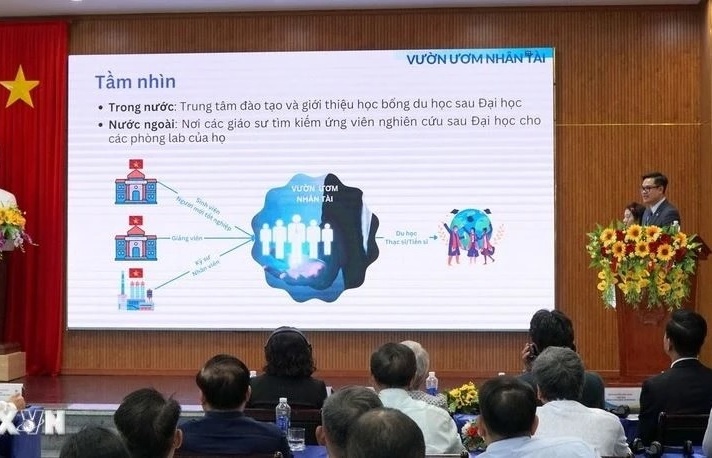
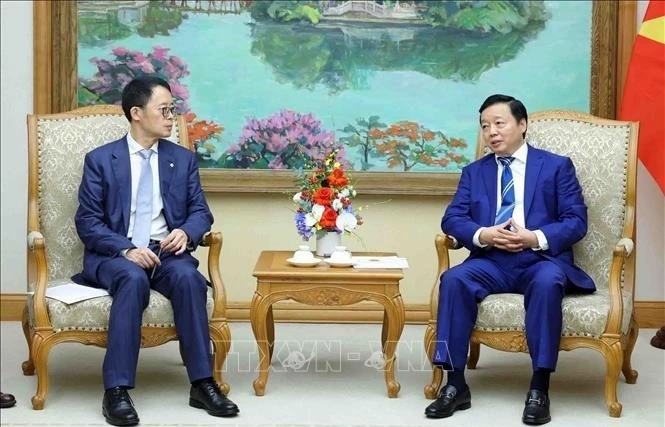




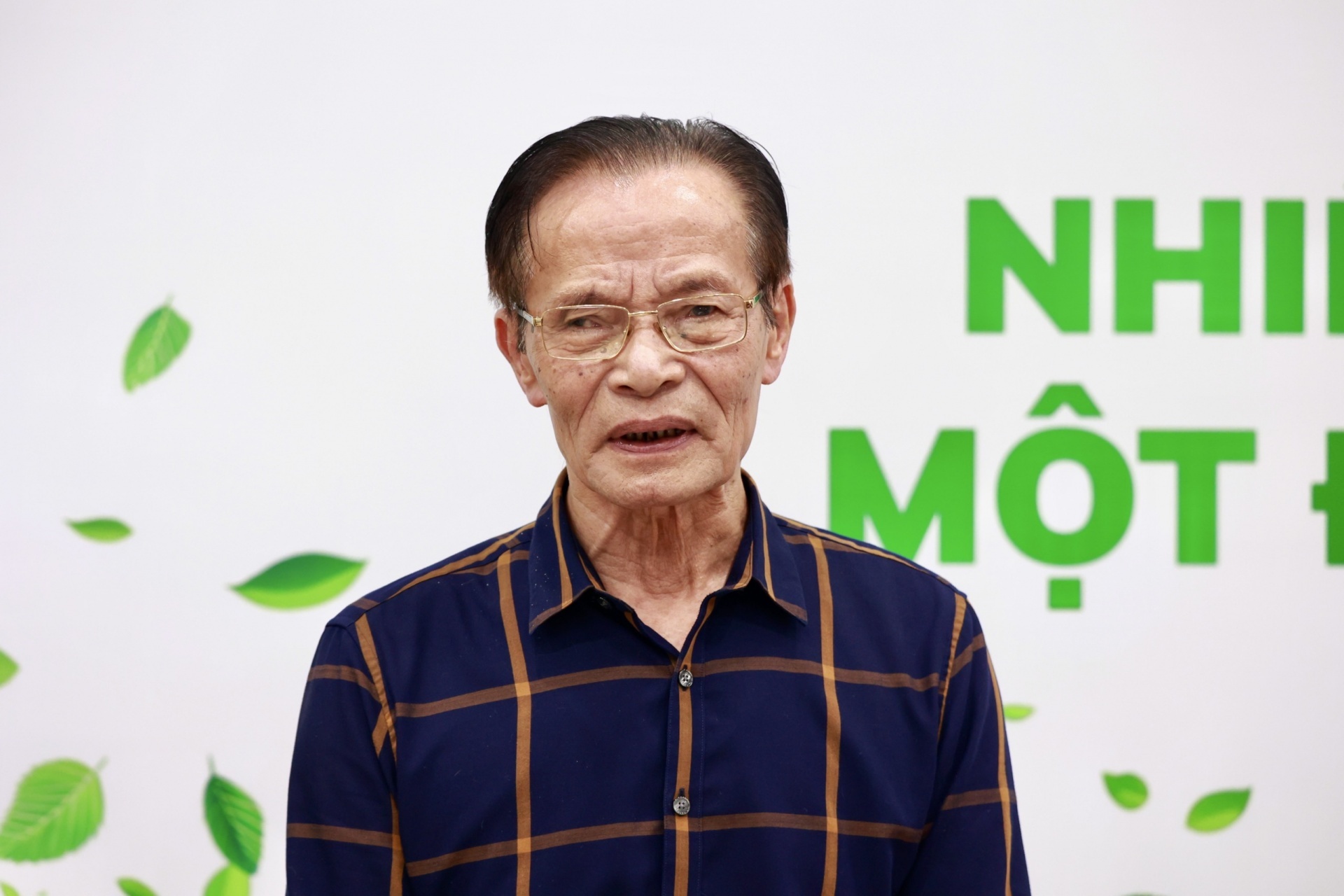
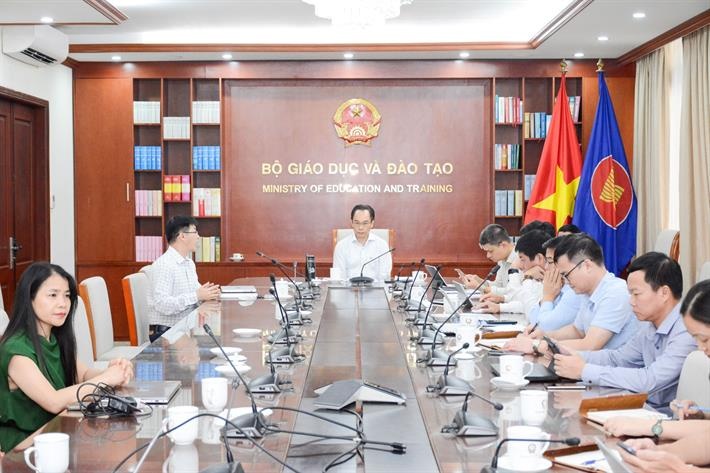
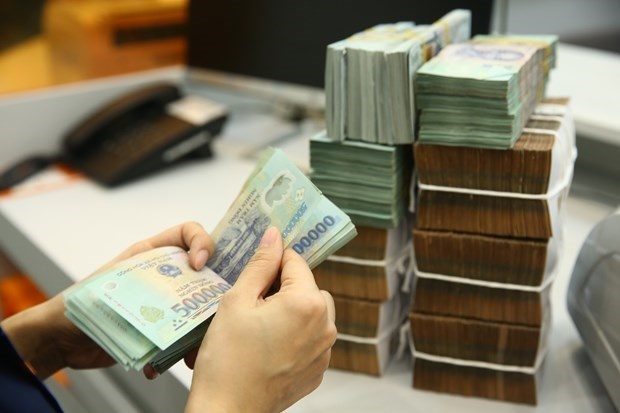



 Mobile Version
Mobile Version